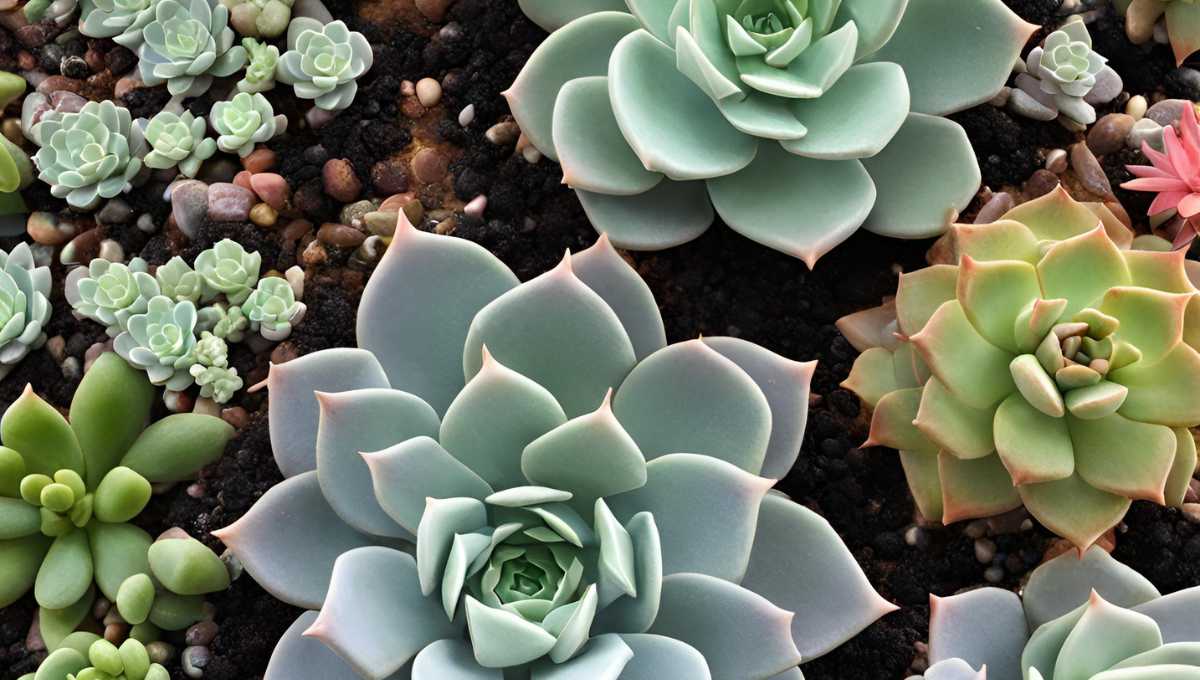
Mold is in many houses, but it hardly ever grows inside water pipes or filters. While rare, mold can grow in drinking water. Mold in plumbing: How to Test for Mold in Water and Understand Its Warning Signs
Water, oxygen and a food source are all that is required for mold to grow. It is spread through spores, which are generally carried by air. Those spores can settle on anything that has the wherewithal for mold survival. Although water pipes do not have enough oxygen and food for mold to flourish extensively, the dark, moist conditions could facilitate this. Mold can also grow in your drinking water under certain conditions.
In This Post
ToggleYou can check about Common Design Mistakes: Dos and Don’ts for Area Rugs
Dangers of Mold in plumbing Toxicity
Mold is a common indoor pollutant that thrives well in damp places; it can pose a hazard to allergy sufferers, asthma patients, and others with an impaired immune system as the mold spores circulate in your home via the pipes. Symptoms of mold exposure include coughing, wheezing, runny or stuffy nose, sore throat and skin rashes. Mold can also ruin your plumbing and building materials, resultingin costly repairs and maintenance.
How Can My Water Get Mold in plumbing?
If your water is from a well, the mold could be in your water if there’s a cracked or unsealed well cap. If you receive city or town water to your home, mold can grow there also. Some molds can actually survive if there is oxygen and something with mold likes to eat, like the paper filter of your system. These molds could enter into your water pipes, well, softener tank or storage tanks and any other water systems you utilize.
You can also know about 15 Cozy Fall DIYs to Make Your Home Feel Inviting in 2024
How Do I Know if There is Mould in My Water Pipes?
- Taste or odor in running water
- Mold breeding around fixtures of water
- Mold patches around your home
- Growth around the toilet similar to dirt
- Strong Mildew odors from water tanks
- Moldy odors after a shower
- And as inefficient heart conditions, are all indications of mold in your channels.
Small pipes, although minor, can lead to major problems for your property like mold. This tends to happen when there are leaks or the pipe emits moisture (and such) within and around itself. This leads to the deterioration of the pipes with time and is ideal for mold growth.
But, how do you know that mold occurred in your water pipes? Mold is an invasive issue that hides within walls and floors which makes it nearly impossible to see. To help you catch mold in your water pipes early, here are seven tell-tale signs that signal mold might be present.
A sour smell in running water
Outside of the obvious smell, one sign that you have mold in your pipes is a change in the water pressure. When you turn on the water and it smells sour or like mildew, there’s a possibility that mold could be growing.
Water is supposed to be odourless generally and does not have a smell. If you have a sour smell when the water is flowing, mold may be detected in the pipes.
Turn on the water and allow it to run for a few minutes to determine how long the odor will linger. The longer it goes, the worse your mold issue has likely become.
If after a fish is in tank and the water starts to smell like mildew, you may need to stop using this water for drinking right away. If you see black mold, be on the lookout for other signs of its presence which we will focus on in the next section.

Mold near faucets
If you notice that mold is traveling into your water fixtures, that is another sign showing there maybe mold in your pipes. The presence of mold around your plumbing, faucets, valves or appliances (your washing machine for example) mean that there is mold inside the pipes.
If you notice mold is starting to grow on your metal fixtures it could mean the problem is severe and has spread. Mold cannot usually grow on metals so if you see signs of it there, it means trouble.
Mold spots around your home
Check your pipes and water fixtures for mold — if you see it there, likely other parts of your home are growing some too. Mold in water sources and pipelines can spread to counters, floors, walls and other surface areas. If you are washing your laundry into the water, so can your clothes(cnt know what to put) start growing mould. Warning: Mold can spread through your house.
Moldy looking stuff growing around the bottom of the toilet
Look at places where water tends to linger, e.g. your toilet. Typically mold does not develop in the toilet bowl or tank, but rather only around your pipes should it be spreading.
If you see dirt-like growth in your toilet bowl or soil around your base the toilet, it’s likely mold from water pipes.
Funky moldy smells coming from the water tanks.
Also check any water tanks you have on your property. That mold can lie in these tanks if it has been in the water pipes for a while. I would suggest, opening the tanks to see if you observe the sour mildewy smell. If you do, then it is likely that the mold has extended to your water tank.
Moldy odors after a shower
One of the major problems with pipes that have turned moldy is that now you may be using contaminated water to wash or bathe. If you smell must on your body after bathing, it means that you have used the water with mold.
Sudden health issues from mold in plumbing
Mold spores in your water can make you and anyone in your home sick.
Symptoms can include headache, nausea, skin or eye irritation and respiratory problems (allergies or asthma). The cause of these could be mold in water.
Symptoms may develop as soon, or after a few days from using the infected water. Infants, children, the elderly and those with immuno-compromised systems or existing lung conditions are among those at higher risk of becoming ill with more serious symptoms.
Removing Mold In Your Pipes
Pipes are typically wet and dark due to the ubiquitous presence of water. It can be extremely difficult to get rid of all mold in these spaces. But there is still a lot that you can do with household items to take care of mold growth and prevent it from becoming an issue to your health.
How To Prevent and Remove Mold in plumbing
- Put half a cup of bleach down the drain and leave it there for 1 hour.
- You can boil two cups of water and pour it down the drain, then turn on your hot water tap for a few minutes.
- Pour 1/4 cup of baking soda into the drain
- Add one cup of vinegar to the drain and allow it to stand for 15 minutes in order to remove the mildew.
- Boil another 2 cups of water, pour it in and then run the hot water for a few minutes.
Repeat these steps as needed. Use this method at least once a month (or up to once per week) should be used for the best results of preventing mold growth and keeping your pipes healthy.





